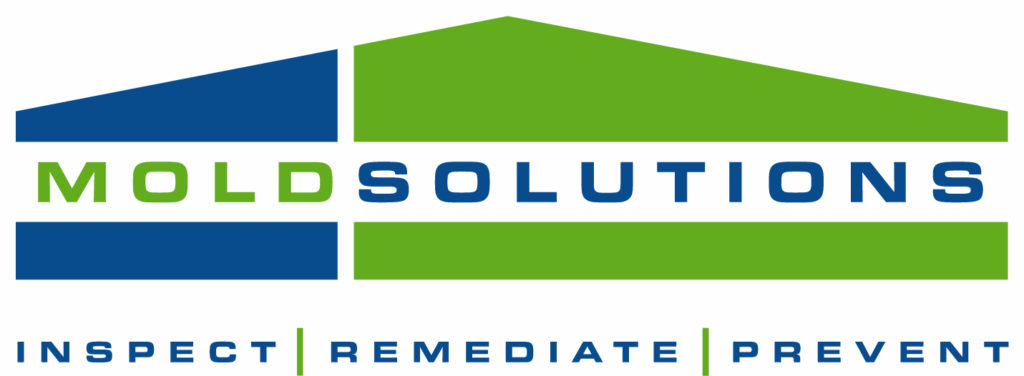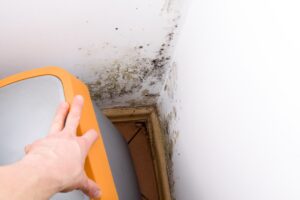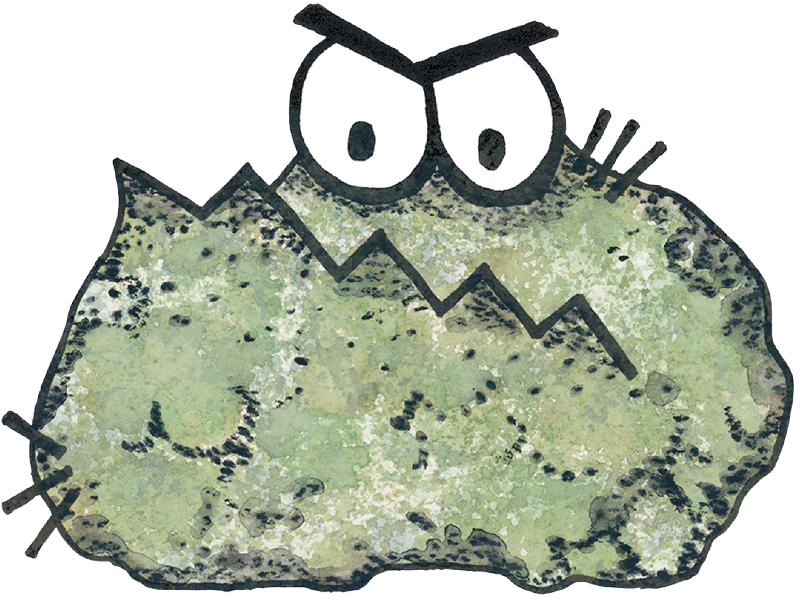 Mold causes a variety of problems, including structural damage to your home if it manages to grow inside your walls. If anyone in your household is allergic to mold (including pets), they can experience a runny nose, scratchy throat, sneezing, and even more severe symptoms, such as migraines and depression.
Mold causes a variety of problems, including structural damage to your home if it manages to grow inside your walls. If anyone in your household is allergic to mold (including pets), they can experience a runny nose, scratchy throat, sneezing, and even more severe symptoms, such as migraines and depression.
Without mincing words, mold is a huge pain in the neck no matter how you look at it.
This is why prevention is so important. Using some basic tips, you can save you and your wallet a lot of heartache in the future.
Let’s get right into why mold prevention is so important and what you can do about it.
Mold Prevention Tip #1 – Storage
Attics and basements are both popular areas for storage in homes, but this can sometimes set up prime real estate for mold colonies. Both areas usually have a higher moisture content (the attic from fluctuating temperatures and humidity, the basement from being below ground) and this is what mold attaches to and grows on.
On top of moisture, it needs a feeding source. Because mold isn’t a picky eater, it can almost find a delicious snack in anything. Mold feeds on carpets, firewood, curtains, old fabrics and more. It particularly likes an item called cellulose which is, unfortunately, in a wide variety of materials.
When storing items in your home, use airtight plastic containers, if possible. Mold won’t feed on plastic, and if the container is sealed, it doesn’t have a chance to get to the items inside.
Place items not stored in plastic containers and away from the walls. When storage items are leaned up against the wall, this creates poorly ventilated areas where moisture will accumulate. While keeping your things away from the wall is not a fool-proof plan, it certainly helps the situation.
Mold Prevention Tip #2 – Moisture Checks
Moisture checks are essential to do on a regular basis because paying close attention to the moisture content in your house ALL the time isn’t something a lot of people do. This doesn’t need to be done every day by any means, but once a month, it’s not a bad idea to go around the rooms in your home to see if you notice any signs that the moisture in your home is above normal.
There are a few signs to keep an eye out for when it comes to higher moisture content. Condensation on your windows and doors is a big one. You can also feel if a room has more moisture than normal. If you’ve ever noticed rooms in your home feeling muggy or sticky, that’s a sigh you have moisture issues.
Keeping an eye out for these things will go a long way in your mold prevention game.
Mold Prevention Tip #3 – Landscaping
Landscaping is an issue many people overlook entirely when they think about mold prevention, but it’s often a direct source of moisture.
Have you ever paid attention to the slope of your landscaping? Is your landscape designed in a way that it’s sloping toward your home? If so, you might have a problem.
Whenever it rains or snows, excess moisture runs toward your home. This can then seep into cracks and crevices in your foundation and provide a perfect spot for mold to grow.
While this might be a more significant task than you were expecting, designing your landscaping to slant away from your home is a huge help in mold prevention. If mold is a serious problem you’re dealing with, this might be the right place to start in your prevention plan.
Mold Prevention Tip #4 – Ventilation
Poor ventilation in a home is the same as lighting up a giant “Vacancy” sign outside your home for mold.
Improper ventilation leads to excess moisture buildup and mold can begin to grow in your ductwork and around your furnace or HVAC system.
It’s important to make sure all of the ventilation in your home leads to the outdoors. This keeps fresh air circulating throughout your home while expelling old, dirty air outside. It also makes it much harder for germs, bacteria and mold spores to attach to surfaces if there’s constant air flow.
Mold Prevention Tip #5 – Leaks
This one is a given relating to mold prevention. Because mold is attracted to water sources, it’s important to guarantee you don’t have any leaks in your home. This means checking all of your faucets and pipes.
The bathroom and kitchen are probably the first two to come to mind but don’t forget about your laundry room, either. Many people forget that a giant source of water is residing in their laundry room and are shocked when they find mold there.
Keep an eye on this room as you check for leaks.
Contact Us
If you do find mold in your home, don’t panic. It’s a common problem and one that is fairly quickly and easily. If you have questions on the issue, give us a call. We have plenty of certified professionals who are willing to answer any questions you might have and help create a customized plan just for you. Contact us today!







